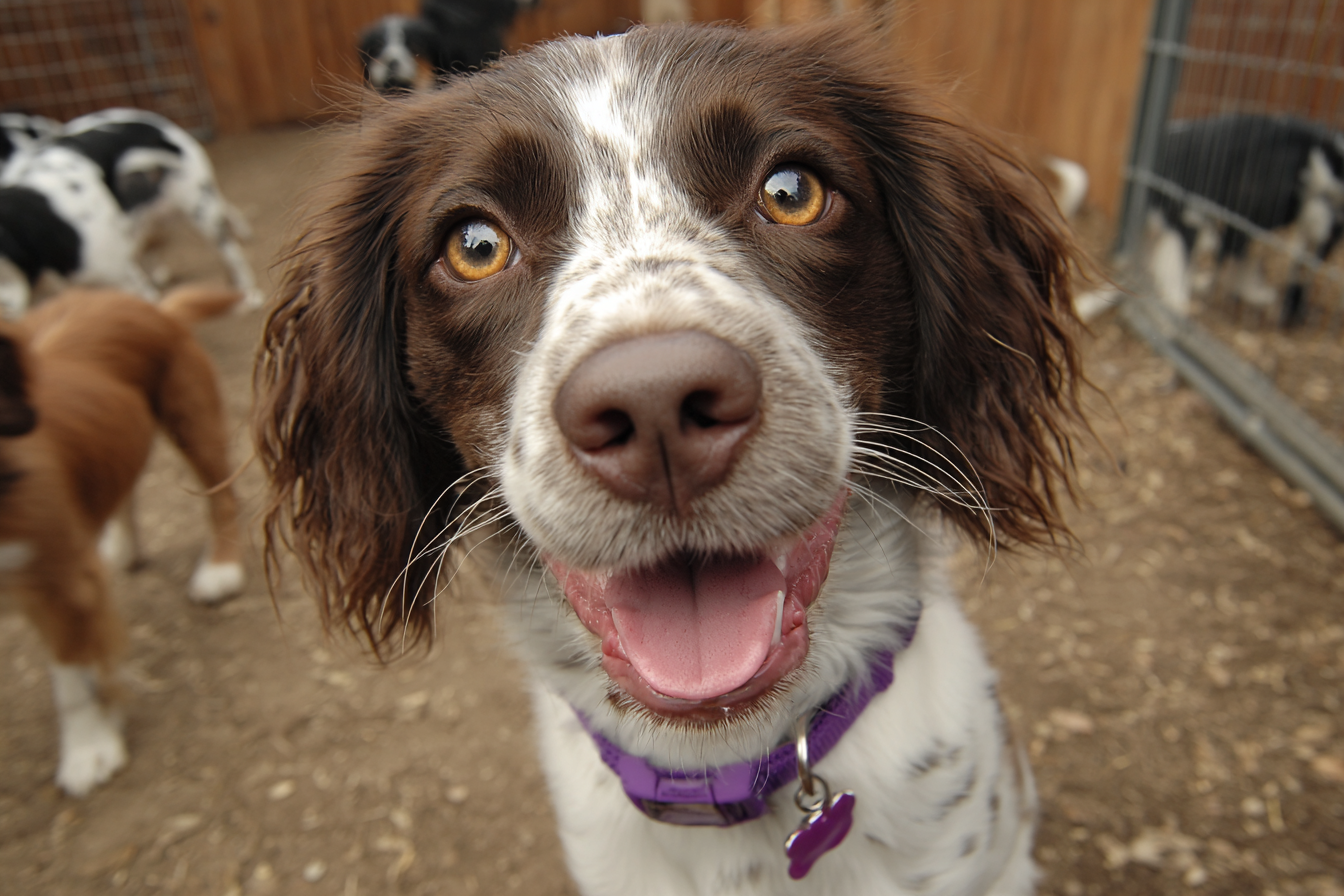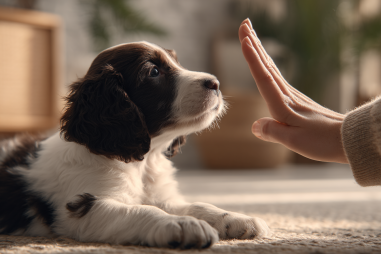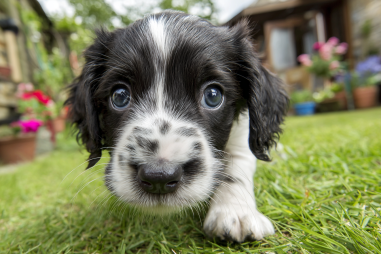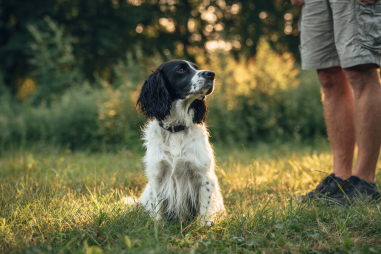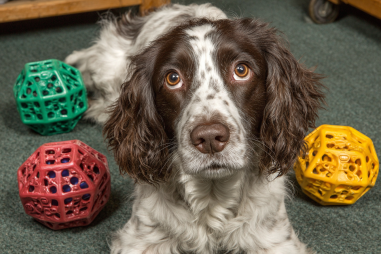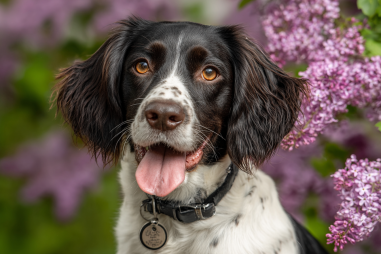Raising a confident and well-adjusted English Springer Spaniel starts with proper socialization. This lively and intelligent breed thrives when it is comfortable in a variety of environments and around different people and animals. Socialization not only helps prevent behavioral issues but also enriches your dog’s life by building trust and reducing anxiety. Whether you’re welcoming a puppy into your home or adopting an older Springer, understanding the best ways to introduce your dog to the world can make all the difference. Here, we’ll explore essential socialization tips tailored specifically for English Springer Spaniels to help you nurture a friendly, calm, and confident companion.
Why Socialization Is So Important for English Springer Spaniels
English Springer Spaniels are known for their friendly and energetic nature, but like any breed, they need proper guidance to develop into well-rounded dogs. Socialization is the process of exposing your dog to new experiences, environments, sounds, people, and animals in a positive way. This exposure allows your Springer to learn how to interact appropriately and boosts their confidence in unfamiliar situations.
Without socialization, these dogs can develop fearfulness, aggression, or excessive shyness. Because Springers are naturally energetic and eager to please, they often respond very well to socialization efforts if started early. Well-socialized Springers tend to be easier to handle, less reactive, and more adaptable to the ever-changing experiences life throws their way.
The Ideal Age for Socializing Your English Springer Spaniel
Puppyhood is the most critical period for socialization, typically between 3 and 14 weeks of age. During this window, puppies are highly receptive to new stimuli and can quickly form positive associations. The goal is to expose them to a wide variety of sights, sounds, and experiences in a controlled, positive manner to build their confidence.
While the first 14 weeks are ideal, it’s important to continue socializing your Springer beyond this period. Many dogs, including adult Springers, can still benefit from well-planned socialization efforts. It may take more patience and careful management, but adult dogs can learn to overcome fears and develop new social skills as well.
Introducing New People and Animals
English Springer Spaniels are generally friendly but introducing them to new people and animals should be done methodically. Start by meeting calm, well-behaved individuals in a quiet setting to avoid overwhelming your dog. Encourage gentle interactions with positive reinforcement such as treats and praise.
When introducing other dogs or pets, it’s best to choose neutral locations like a park rather than your home, which your Springer may view as their territory. Allow the dogs to sniff and greet each other while on leash, monitoring body language closely to recognize signs of stress or overstimulation.
Remember to keep initial interactions short and positive. Gradually increase the time spent together as your Springer grows more comfortable. This careful introduction helps your dog learn that new people and animals are a source of pleasure rather than fear or anxiety.
Environments to Expose Your Springer To
A confident Springer enjoys being out and about, so exposing your dog to a variety of environments is key. Different sights, sounds, and smells stimulate their curious spirit and help build a resilient personality. Some great places and situations to introduce early on include:
- Busy sidewalks and parks with various people and dogs
- Pet-friendly stores or outdoor cafes
- Car rides and public transportation where allowed
- Veterinary visits to reduce future stress
- Household noises like vacuuming, doorbells, or music
- Different surfaces including grass, concrete, sand, and tile floors
Be mindful of your Springer’s reactions and always prioritize safe and positive experiences. Use treats and warm, encouraging tones to make these exposures enjoyable and memorable.
Handling Fear and Anxiety in Your Springer Spaniel
Even with early socialization, it’s common for dogs to experience moments of fear or anxiety. The key is not to punish or force your Springer but to gently help them overcome their discomfort.
If your dog shows signs of fear—such as cowering, trembling, excessive panting, or avoidance—step back and give them space. Use a calm voice and offer treats to create positive associations with the feared stimulus. Gradually and patiently reintroduce the situation at a distance where your dog remains comfortable.
Consulting with a professional dog trainer or behaviorist can be highly beneficial if your Springer’s fears or anxieties are severe. They can help develop a tailored behavior modification plan to foster calmness and confidence effectively.
Socialization During Puppyhood vs. Adulthood
Puppies are like sponges: they absorb new experiences with enthusiasm and less hesitation. During this phase, socialization should be frequent, varied, and gentle—always ensuring the puppy feels safe without being overwhelmed.
Adult Springers may be more cautious or set in their ways, which means socialization takes a more gradual and consistent approach. It can involve desensitization—slowly introducing the dog to the feared stimuli in a controlled way—and counter-conditioning, pairing the experience with positive rewards.
Both puppies and adults benefit from patience and positive reinforcement, but careful monitoring and adjusting the pace are particularly important with older dogs who may have had negative past experiences.
Continuing to Develop Your Springer’s Social Skills
Socialization isn’t just a puppy phase; it’s an ongoing practice that supports your English Springer Spaniel’s mental and emotional well-being throughout life. Regular social outings, playdates with other dogs, obedience classes, and varied activities help keep your dog engaged and adaptable.
Consistency is key. Try to maintain a routine that incorporates social experiences. This not only prevents regression into fearfulness but also reinforces your bond as you confidently guide your Springer through new adventures.
Ultimately, a well-socialized English Springer Spaniel becomes a happy, confident, and well-mannered member of the family, ready to enjoy life alongside you wherever the path leads.
Helping Your Springer Thrive in the World
Socialization is a vital building block for raising an confidently friendly English Springer Spaniel. By starting early, introducing new people, animals, and environments thoughtfully, and addressing fears with patience, you set your dog up for a lifetime of positive, enriching experiences. Remember, every dog is unique — tailor your approach to your Springer’s personality and needs, providing a steady balance of encouragement and exposure. This dedicated effort pays off with a joyful, well-adjusted companion by your side, ready to embrace all the adventures that life offers.

